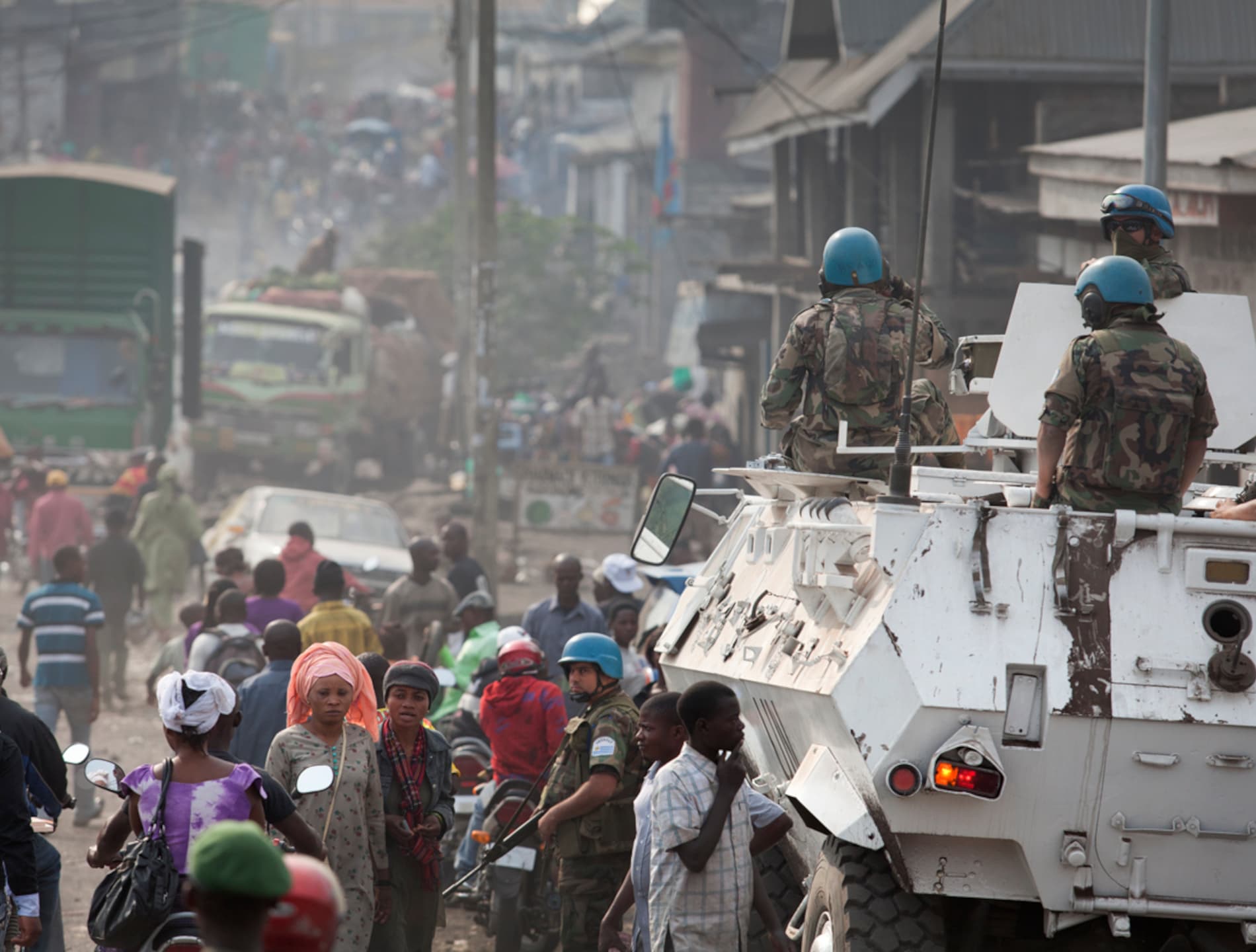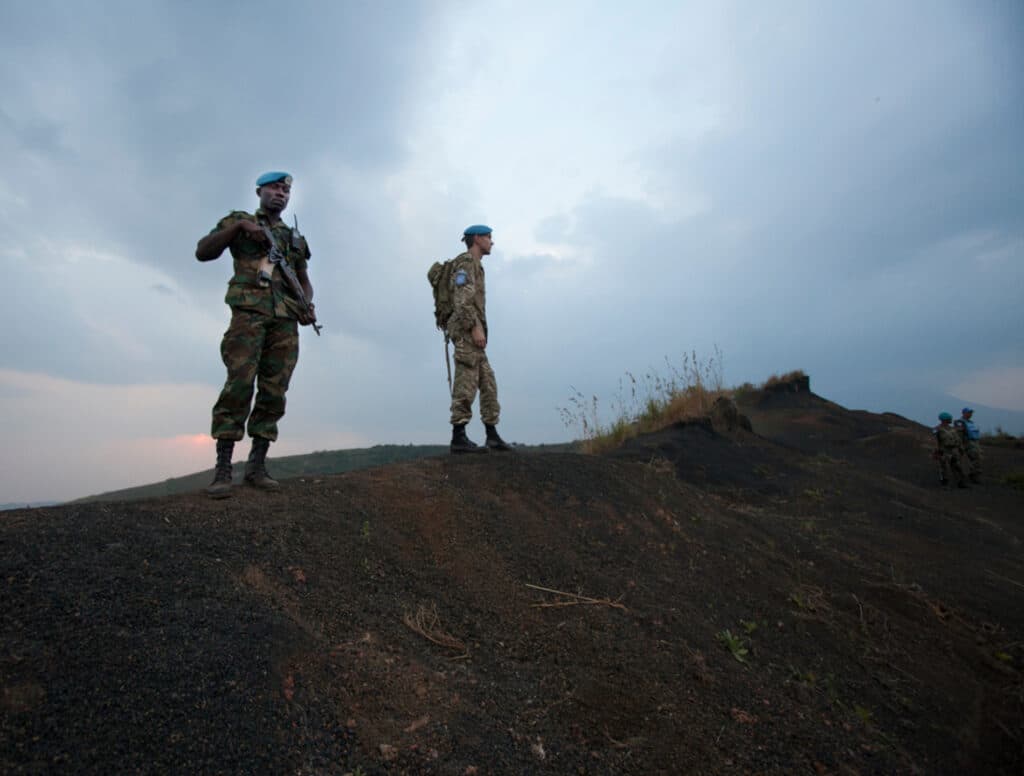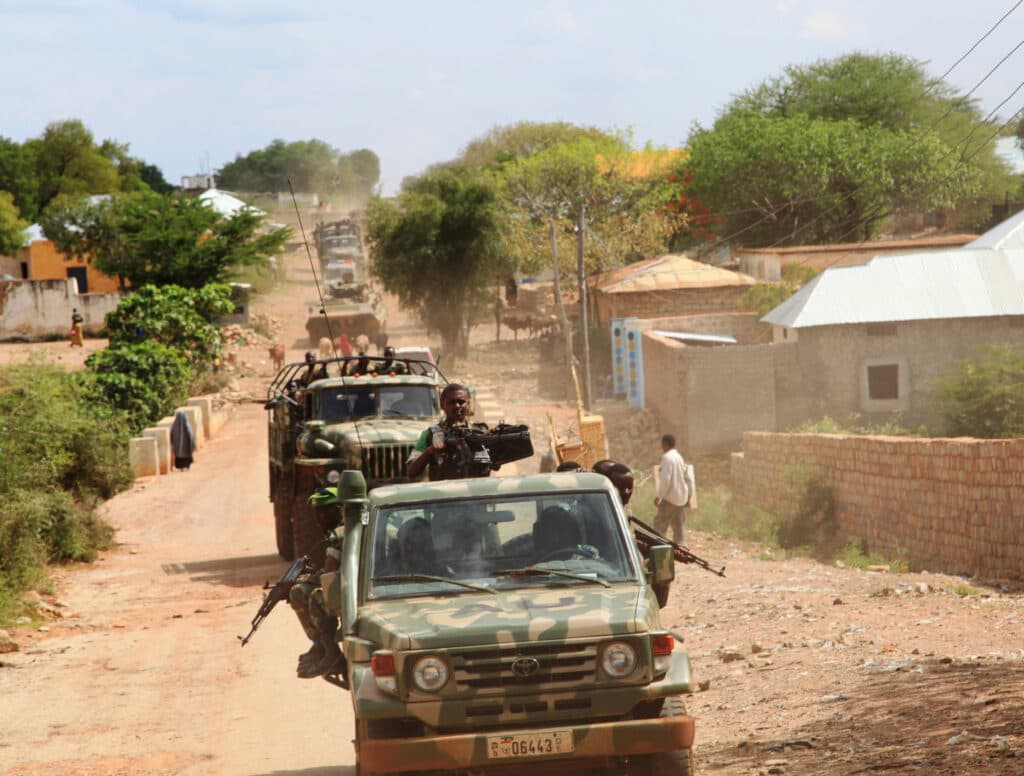
When does IHL apply?
The types of armed conflict and when international humanitarian law (IHL) applies to them.
International humanitarian law (IHL) applies only to situations of armed conflict. There are two types of armed conflict: international armed conflicts and non-international armed conflicts.
International humanitarian law (IHL) applies in situations of armed conflict, which can be distinguished in two types: international armed conflict (IAC) and non-international armed conflict (NIAC). The classification can become complicated, however, as in some situations both an IAC and NIAC can exist in one location, or one can develop into the other depending on the evolution of the conflict.
Types and classification of armed conflicts
Under IHL, different rules apply to the different types of conflict. Therefore, classifying the type of conflict is crucial to know which rules apply. There tends to be much more codification of rules applicable to IAC, compared to NIAC.
In addition, there are sub-categories of both NIACs and IACs that have different applicable rules. For example, within international armed conflicts, there are more extensive rules that apply to situations of occupation than with general IAC where there is no occupation. Within internal conflicts, territorial control is a required element to apply the Second Additional Protocol, but this is not required for the application of Common Article 3.
Defining international armed conflict
The basic requirement for an IAC is that there must be an armed conflict between two or more states. Common Article 2 of the Geneva Conventions sets out the commonly accepted definition of an IAC:
In addition to the provisions which shall be implemented in peace-time, the present Convention shall apply to all cases of declared war or of any other armed conflict which may arise between two or more of the High Contracting Parties, even if the state of war is not recognised by one of them. The Convention shall also apply to all cases of partial or total occupation of the territory of a High Contracting Party, even if the said occupation meets with no armed resistance.
Aside from occupation, where there needs to be no armed resistance, the level of violence needed between two states to amount to a situation of armed conflict is generally undefined. However, it is generally accepted that even “two shots” fired across a border could lead to the application of IHL.
The threshold of violence is a question of practical relevance. For example, if during a training exercise an army patrol accidently went into the territory of another state and returned without any engagement with the other state, IHL would have no role to play. However, if that mistake led to an exchange of fire between the two armed forces, the applicable rules of IHL would apply.
It is important to note that the rules on international armed conflicts are more extensive and more detailed than those covering internal armed conflicts, given that they include those set out in the Hague Conventions of 1907, the four Geneva Conventions and the First Additional Protocol to the Geneva Conventions of 1977.
Occupation
Occupation is a concept that only applies in the context of an IAC. Occupation is not defined in the 1949 Geneva Conventions. However, the 1907 Hague Convention IV sets out the following definition: “Territory is considered occupied when it is actually placed under the authority of the hostile army. The occupation extends only to the territory where such authority has been established and can be exercised.”
Defining non-international armed conflicts
The majority of today’s armed conflicts are non-international armed conflicts. The reluctance of states to accept international legal oversight into their internal affairs often means that the threshold of violence and organisation required to define a situation as an armed conflict is significantly higher than what would be needed for a IAC.
Common Article 3 tells us what does not qualify as an armed conflict, namely internal disturbances or tensions. Internal disturbances are riots, demonstrations, and isolated, sporadic acts of violence that take place inside the territory of a state.
Case law, especially by the International Criminal Tribunal for the Former Yugoslavia (ICTY), has clarified the elements of a NIAC. This allows for the assertion that a non-international armed conflict exists when there is a situation of protracted armed violence between governmental authorities and organized armed groups, or between such groups within a state.
Hence, there are two key elements needed for a NIAC: protracted armed violence, and the involvement of an organised armed group. In the case of Haradinaj, the tribunal set out some possible factual indicators to help assessing if a NIAC exists.
Protraction of violence
The following factors can give an indication of the level of protraction and intensity of violence needed for a NIAC:
- the number, duration and intensity of individual confrontations;
- the type of weapons and other military equipment used;
- the number and calibre of munitions fired;
- the number of persons and type of forces partaking in the fighting;
- the number of casualties;
- the extent of material destruction;
- the number of civilians fleeing combat zones;
- the involvement of the UN Security Council may also be a reflection of the intensity of a conflict.
Organisation
The following factors are indicative of the level of organisation of an armed group:
- the existence of a command structure and disciplinary rules and mechanisms;
- the existence of a headquarters;
- the ability to gain access to weapons, other military equipment, and training;
- the ability to plan, coordinate, and carry out military operations;
- the ability to define a unified military strategy and use military tactics;
- the ability to speak with one voice, negotiate, and conclude agreements such as cease-fires or peace accords.
Additional Protocol II (APII) of 1977 also deals with internal armed conflicts. To apply the provisions of APII, the non-international armed conflict must occur between a state and an armed group (or two armed groups for Common Article 3 ruled out). In addition, the conflict must take place on the territory of a High Contracting Party to the Geneva Conventions, and the armed group has to control a part of the territory.



